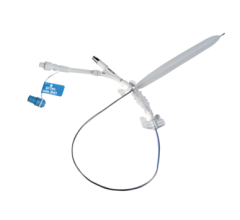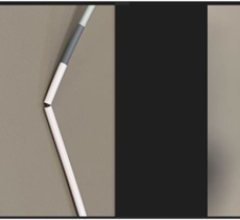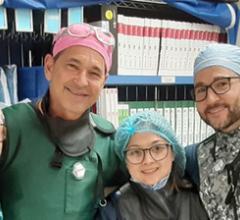
July 9, 2012 — Miracor Medical Systems GmbH announced that the first three ST segment elevation myocardial infarction (STEMI) patients enrolled in its “Prepare RAMSES” nonrandomized safety and feasibility study of 40 patients have been successfully treated using PICSO (pressure-controlled intermittent coronary sinus occlusion) for 90 minutes following primary PCI (percutaneous coronary intervention, or angioplasty) of the left anterior descendens (LAD) coronary artery.
Principal investigator of the “Prepare RAMSES” study is Dr. Jan Piek at the Academic Medical Center, Amsterdam, Netherlands. This is the first time that PICSO has been used to treat acute heart attack STEMI patients following a coronary angioplasty. In a STEMI, the coronary artery is completely blocked off by the blood clot, and as a result virtually all the heart muscle being supplied by the affected artery starts to die.
“We are very pleased with the initial outcomes in this population of acute coronary syndrome patients,” said Piek. “While there is a modest learning curve in order for clinicians to become facile with this new technology, we investigators are certain that the PICSO system can be used safely and immediately following PCI in acute coronary syndrome patients.”
“Even after a successful coronary angioplasty, inadequate myocardial reperfusion still occurs in about one in three STEMI patients, and this unacceptable incidence is notoriously linked to adverse outcomes for patients,” said Jon H. Hoem, Miracor CEO. “We are very pleased with these initial results for the ‘Prepare RAMSES’ study, which is expected to demonstrate that PICSO considerably amplifies the redistribution of blood into the blood-starved myocardium of severe heart attack patients, even post-PCI.”
The secondary endpoints of the “Prepare RAMSES” clinical study include enzyme release, 24-hour ECG (electrocardiograph) monitoring, echocardiography and MRI (magnetic resonance image) at discharge and four months follow-up examination.
The Miracor PICSO Impulse System is CE-marked and can be used during coronary revascularization procedures following myocardial infarction and other types of acute coronary syndromes to intermittently increase the pressure in the coronary venous system. The technology is currently available for investigational use only in the United States.
For more information: www.miracormedical.com


 June 13, 2024
June 13, 2024 








